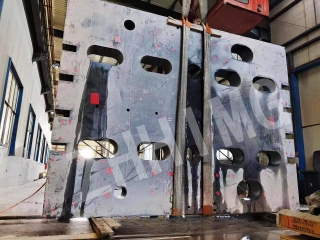In the construction of optical equipment mounts, material selection is critical to ensure stability, precision, and durability. Of the various materials available, granite has become a popular choice, but how does it compare to other materials?
Granite is known for its exceptional rigidity and density, important properties for optical equipment mounts. These properties help minimize vibration and thermal expansion, ensuring that sensitive optical instruments maintain their alignment and accuracy. Additionally, granite resists wear and tear, making it a durable choice for laboratories and research facilities.
However, granite isn't the only material that can be used for optical equipment mounts. Aluminum, for example, is a lightweight alternative that offers good strength and is easier to machine. While aluminum mounts work well in certain applications, they may not provide the same level of vibration damping as granite. This can be a significant disadvantage for high-precision optical systems, as even the slightest movement can affect performance.
Another contender is composite materials, which can be engineered to provide specific properties based on the needs of an optical device. These materials can be designed to be lightweight and strong, but they may not always match the thermal stability and rigidity of granite. Additionally, the long-term durability of composites can vary, making them less reliable in certain environments.
In summary, while granite stands out for its superior stability and durability, the choice of optical device mount material ultimately depends on the specific requirements of the application. When making a decision, factors such as weight, cost, and environmental conditions should be considered. By carefully evaluating these aspects, the most appropriate material can be selected to ensure the best performance of the optical system.
Post time: Jan-08-2025

